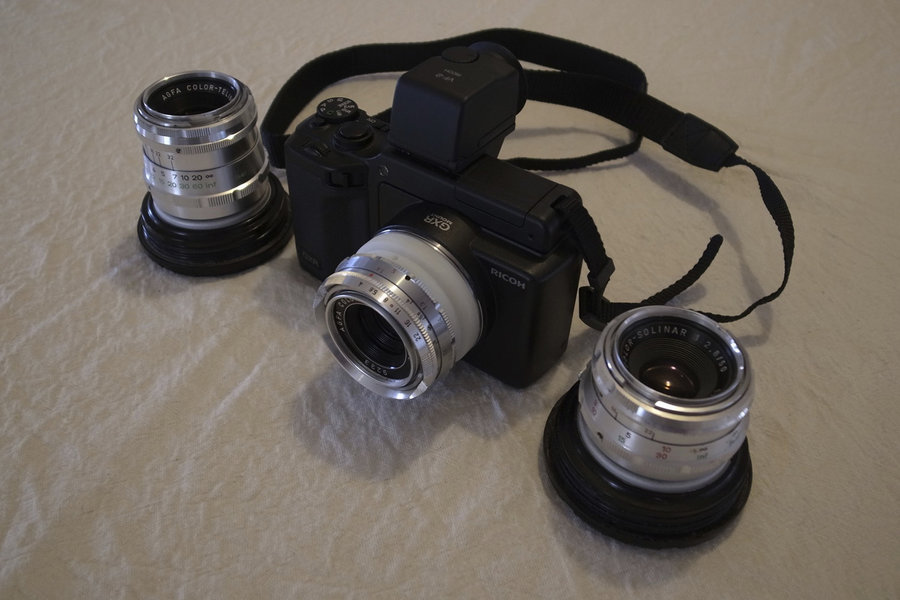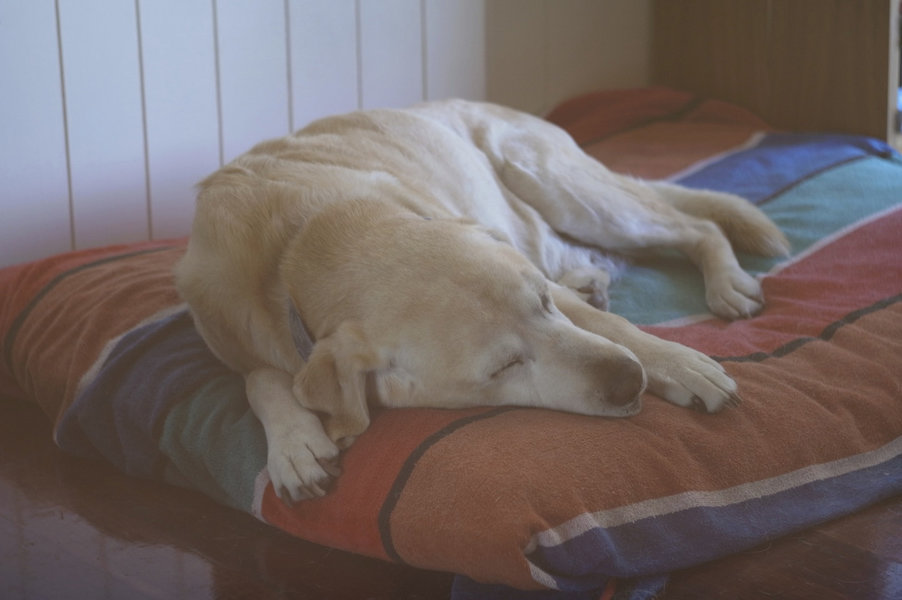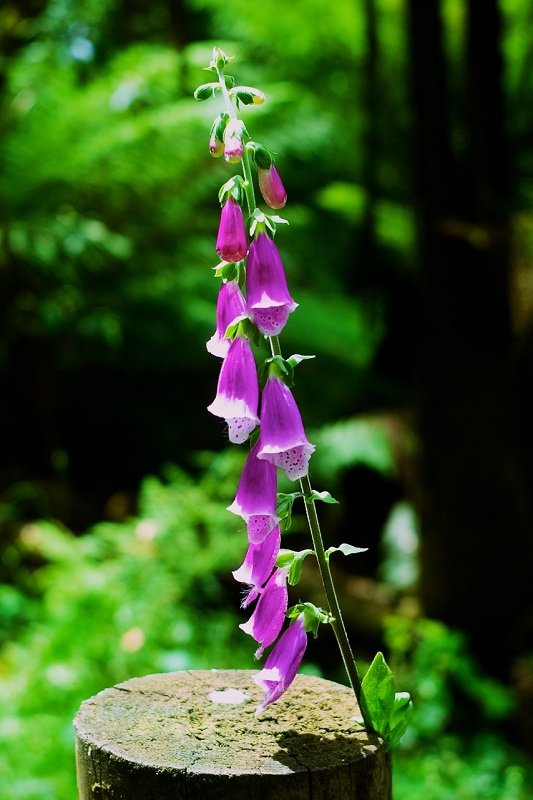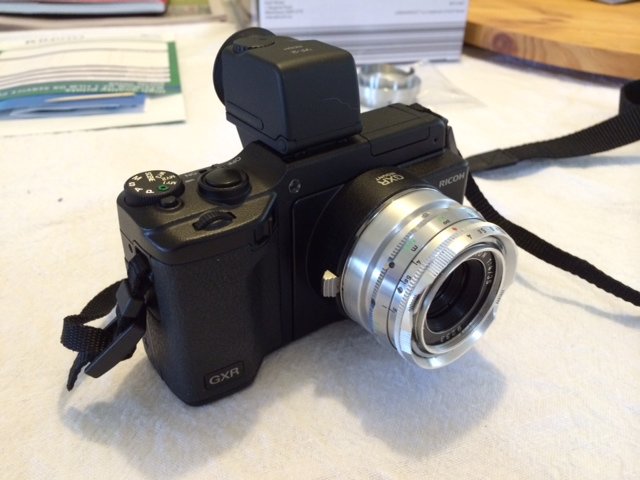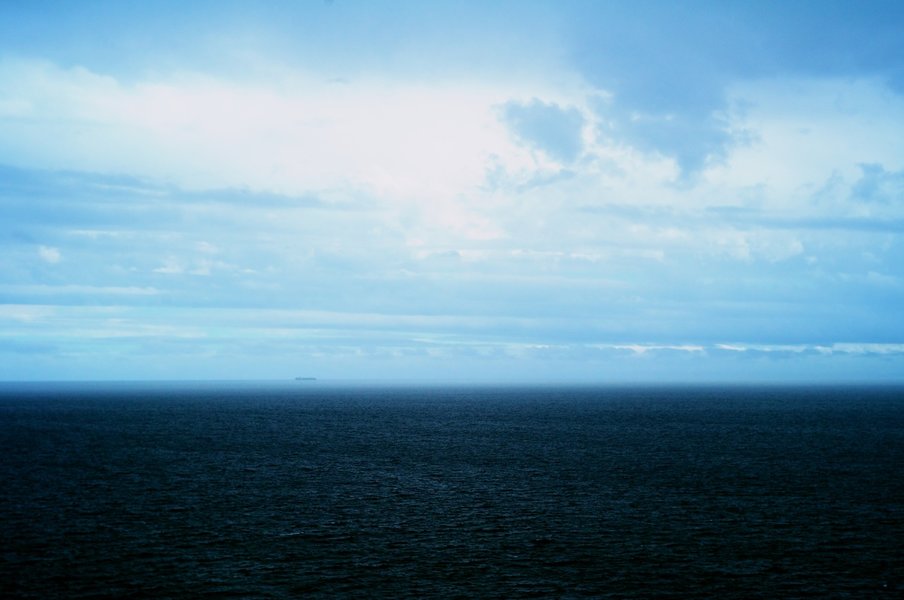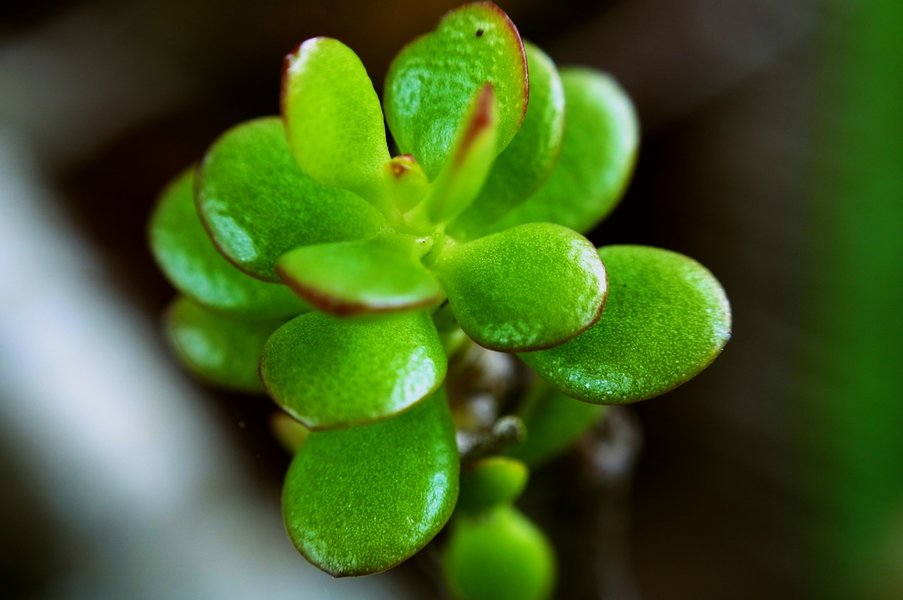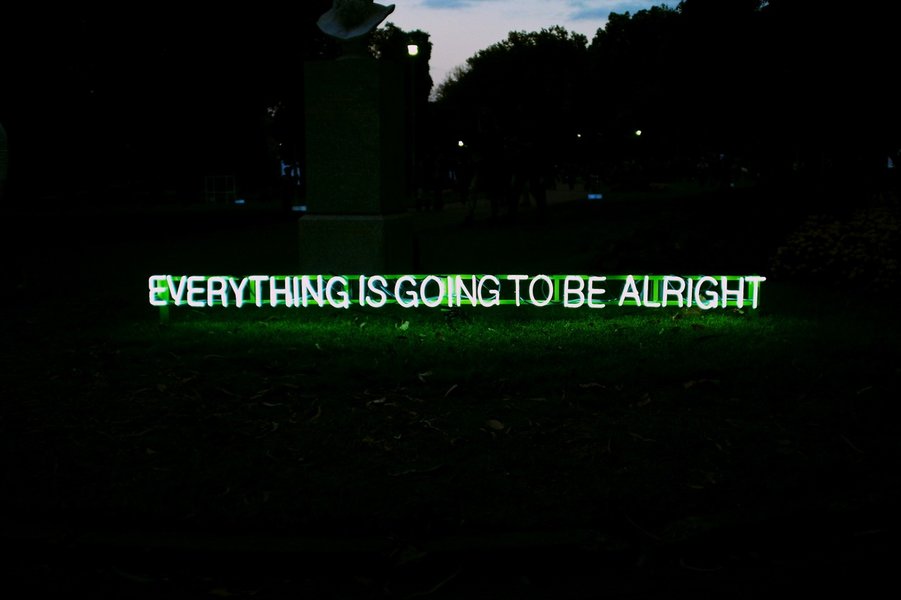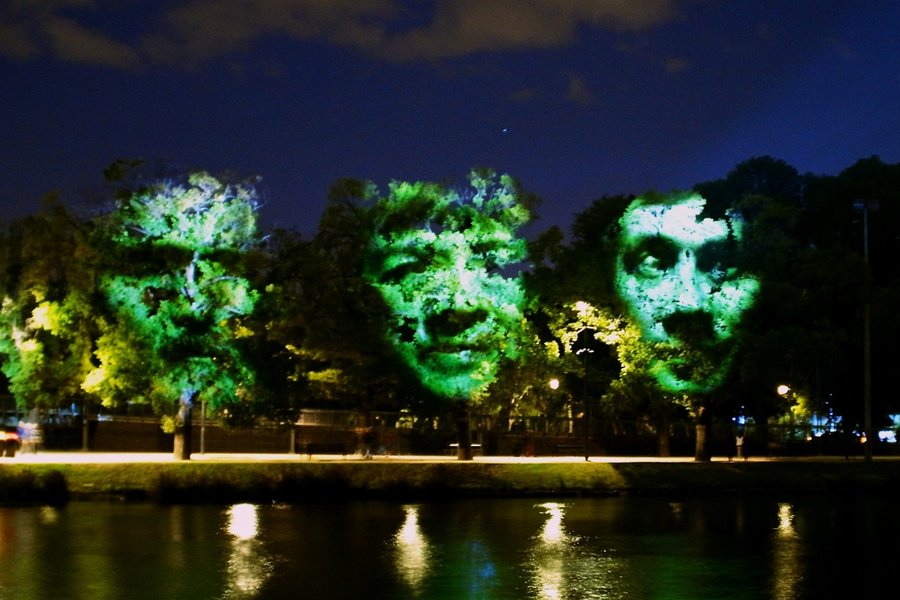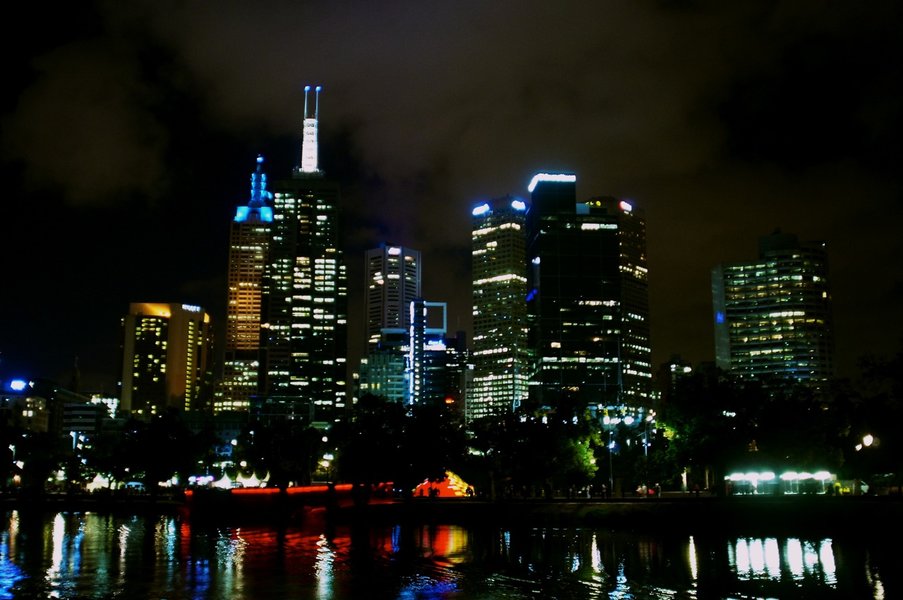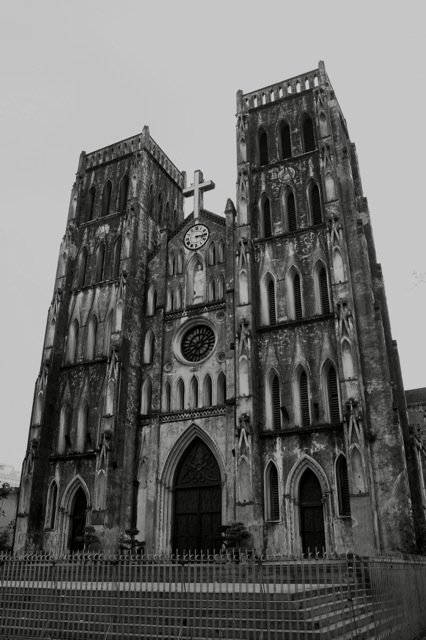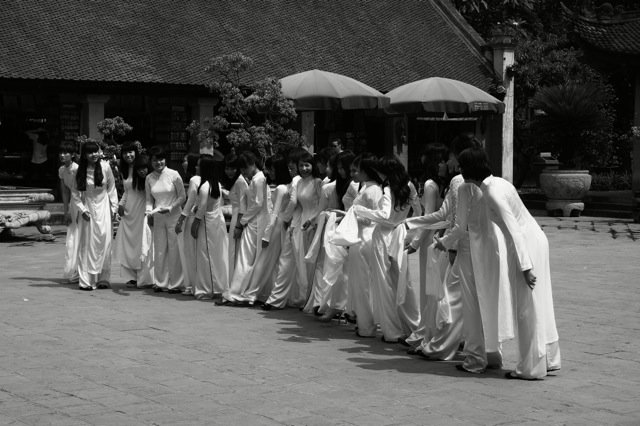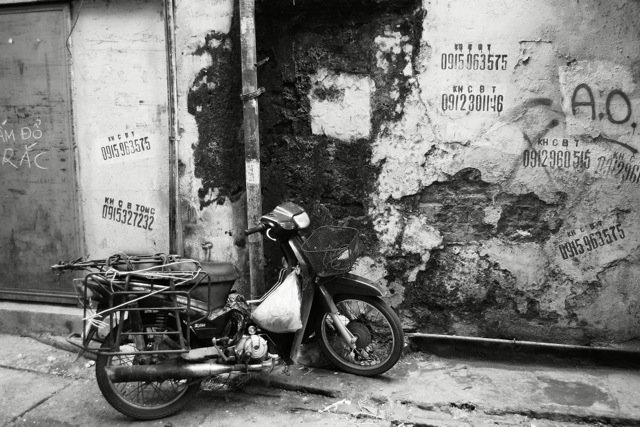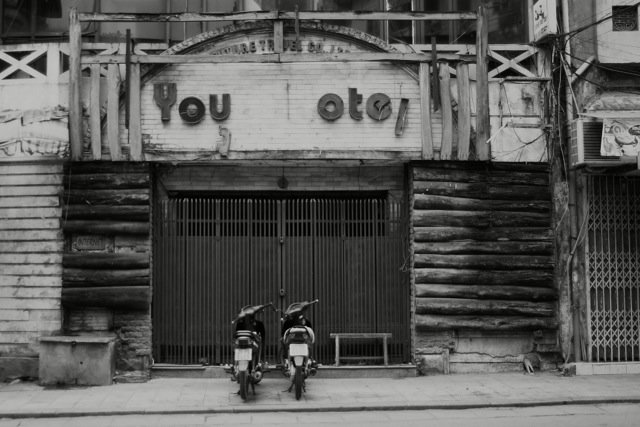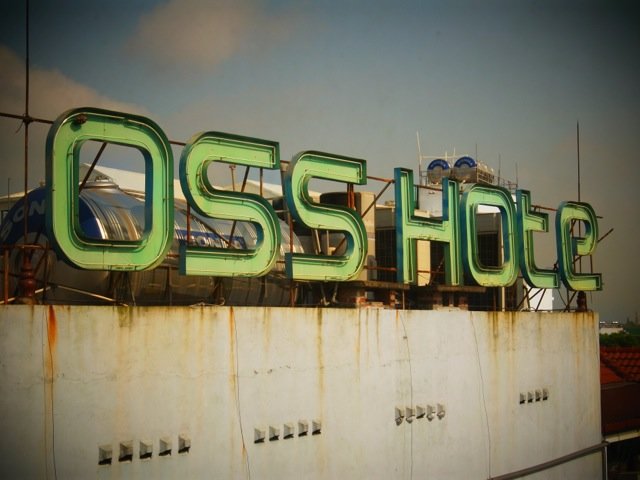Tom Caldwell
New Member
- Joined
- Aug 13, 2007
- Messages
- 905
Rohan,
Glad to see you experimenting with larger size lenses. I have found this productive myself. The GXR works very well with RF lenses but there is no reason whynit cannot handle quite large lenses.
The largest I have seriously used on the GXR has been a Canon FD 200mm f2.8. For a lens of this capability it is not over large or over heavy.
Tom
Glad to see you experimenting with larger size lenses. I have found this productive myself. The GXR works very well with RF lenses but there is no reason whynit cannot handle quite large lenses.
The largest I have seriously used on the GXR has been a Canon FD 200mm f2.8. For a lens of this capability it is not over large or over heavy.
Tom
